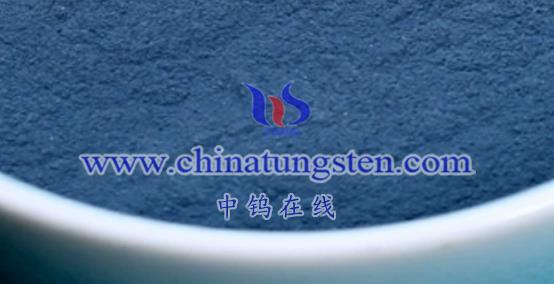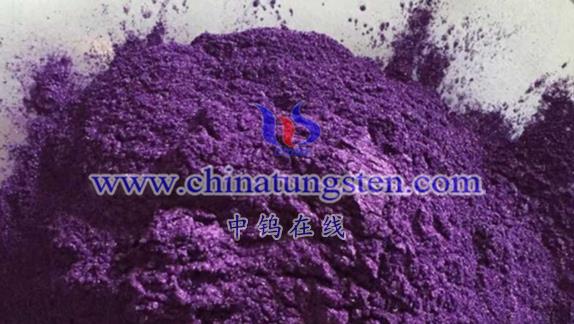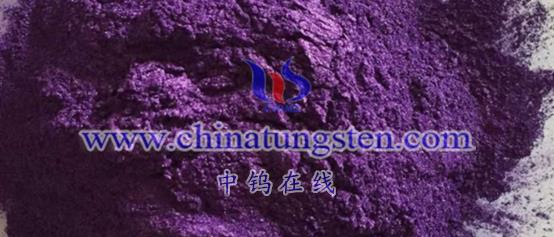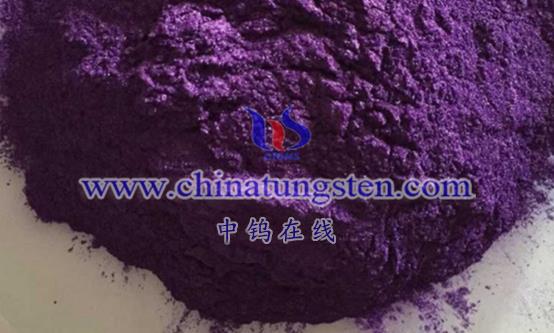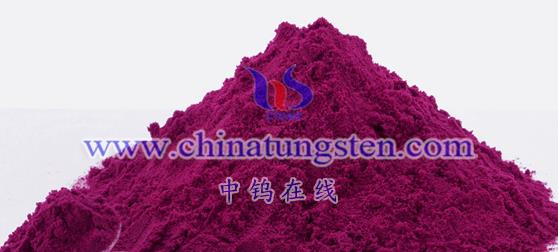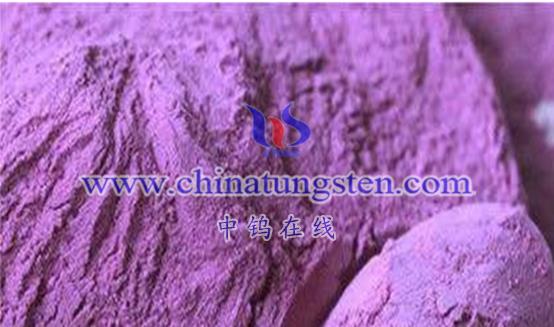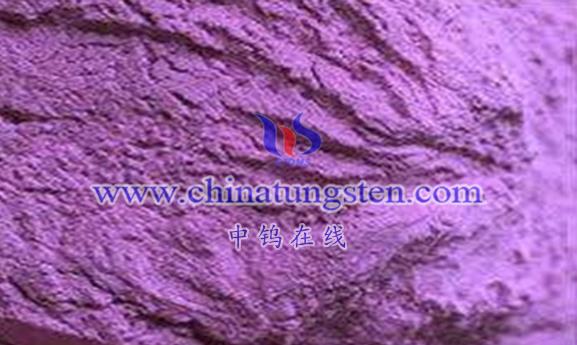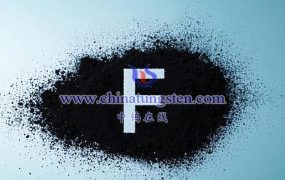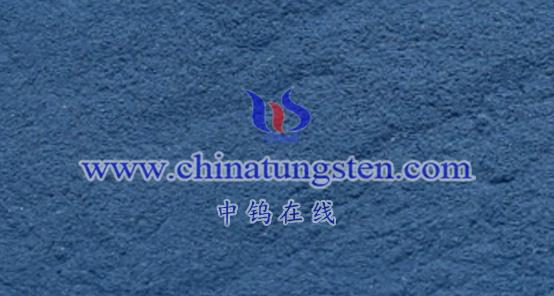
Potassium tungsten bronze (KxWO3) exhibits a range of unique chemical properties influenced by its structure, color changes, electrical and optical characteristics, and chemical stability. Below is a detailed description of its chemical properties:
- Structural Stability
- Special Tunnel Structure
Potassium tungsten bronze has a unique spatial tunnel structure that contributes to its stability under certain conditions. - Structure Variability
The crystal structure of KxWO3 changes with the value of x (potassium content). For example, it transitions from a hexagonal structure to a tetragonal structure as x increases. This flexibility in atomic arrangement highlights the compound’s adaptability to external conditions.
- Color Variability
The color of potassium tungsten bronze changes as x varies:
- At lower x values (e.g., x ≈ 0.20), it appears deep blue.
- At higher x values (e.g., x ≈ 0.60), the color shifts to purple.
This color change is closely tied to its electronic structure and optical properties, making it significant for applications requiring visual or decorative effects.
- Electrical Properties
Potassium tungsten bronze demonstrates exceptional electrical characteristics:
- Electrochromism: The material’s color changes reversibly under an applied voltage.
- Superconductivity: Under specific conditions, it can exhibit superconducting behavior.
- Semiconductor and Metallic Behavior:
- At certain x values, it behaves as a semiconductor, with conductivity increasing with temperature.
- As x increases further, it transitions to metallic conductivity, where conductivity decreases with temperature.
These properties make it suitable for electronic devices and sensors.
- Optical Properties
Potassium tungsten bronze has notable optical characteristics:
- Near-Infrared Blocking: It effectively blocks infrared radiation, useful in smart window and energy-saving technologies.
- Photocatalytic Activity: Its ability to act as a photocatalyst makes it valuable for environmental and chemical applications.
- Chemical Stability
- Resistance to Reactions
At room temperature, potassium tungsten bronze is chemically stable and resistant to reactions with most substances. However, under extreme conditions such as high temperatures or exposure to strong acids, it may decompose or oxidize. - Resistance to Acids
It is insoluble in water and resistant to all acids except hydrofluoric acid. - Reducing Ability
Potassium tungsten bronze can reduce substances like silver nitrate in ammonia solutions to metallic silver. In alkaline conditions, it can be oxidized to form tungstate (VI) salts.
Summary
Potassium tungsten bronze exhibits a rich variety of chemical properties, including structural adaptability, color variability, outstanding electrical and optical behaviors, and high chemical stability. These features make it a promising material for applications in smart windows, photocatalysis, sensors, and electronic devices, as well as an exciting subject for further research and development.
More details of tungsten oxide product, please visit website: tungsten-oxide.com
Please contact CHINATUNGSTEN for inquiry and order of tungsten oxide:
Email: sales@chinatungsten.com
Tel.: 86 592 5129595
